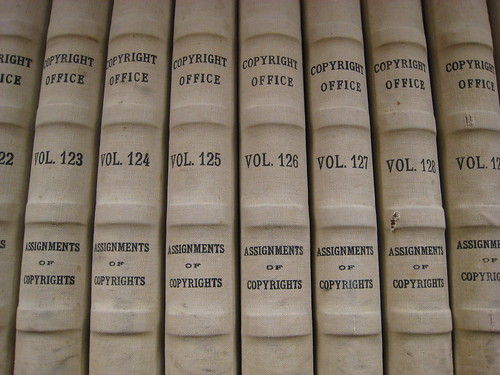So you want to use a work you think is in the public domain in your creative project. Hang on; it might not be as simple as you think.
Works published before 1923 are in the public domain. This means these works are no longer protected by copyright and are free for use by anyone in anyway. However, works between 1923 and 1964 fall into a grey area; they may be in the public domain depending on if their copyright was renewed 28 years from the date of the original copyright.
Figuring out if a work is renewed can be a tricky business. The only official records of renewal are held by the Copyright Office in Washington D.C. However records before January 1, 1978 are not available online. The only way to gain access to these accurate and official records of copyright renewals is to either:
- Go to the Copyright office in person, in Washington D.C. , and research their records using paper card catalogs OR;
- Pay the copyright office $165 an hour to search the copyright records for the original copyright and the renewal notice.
In 2013 should we have to rely on paper card catalogs to help determine if a work is in the public domain? Moreover, Is a work really public domain if it costs $165 an hour to know it’s in the public domain?
Of course there is a much larger problem. Even a search by the copyright office stating that the work was not renewed isn’t definitive proof that the work you want to use isn’t in the public domain. It’s entirely possible that the work you want to use is actually a derivative work of a public domain work and still under copyright protection. For a great example of how complex this can get check out our video “Is the Wizard of Oz Copyright protected?”
The difficulty of assessing which works are in the public domain is a huge problem. Creativity cannot exist in a vacuum. When we can’t easily determine what works we can safely use and draw inspiration from creativity is stifled and our critical first amendment right to free speech is chilled. New Media Rights recognizes the complexity of the problem. However, a great first step would be the digitalization of all copyright office records to make them accessible to the public without a plane ticket to D.C. or a $165 an hour surcharge.
UPDATE: On 9/5/13 New Media Rights sent the Copyright Office a comment about this very issue. That comment is attached to this post.
| Attachment | Size |
|---|---|
| New Media Rights Comment on Digitization of Copyright Office Records | 103.52 KB |



